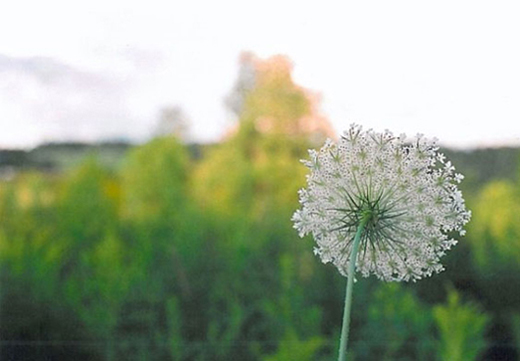I've started going through my desk files, deciding what I can toss, making room for change. I seem to be running out of room -- something I thought would never happen in my ample tanker desk. The desk was an excellent vintage find that I picked up several years ago in a thrift store. The raspberry paint job was done professionally, in an auto body shop. Here's a photo of the desk in my old condo, in its glory days:
A little back story on this desk: It took four burly movers to lug this desk from my condo to my house. Upon arriving, we discovered it couldn't fit through the main door, so for months, my desk lived in the entryway of our new home. Eventually, my boyfriend discovered that the desk could be taken apart (yay!) so we brought, piecemeal, upstairs to the study and put it back together. So happy we made it work!
Anyway, back to my discussion about filing... I have mixed feelings about filing cabinets. They are a necessary item in some cases, but how do you pick one that doesn't dominate your space and make it look to "officy"? So I did a search today to find some alternatives to the bulky grey filing cabinet. Here's what I found:
1. Desk and file cabinet from the administrative offices at the Centre Georges Pompidou. $7,013.
2. Bieffe Filing Cabinet, a lovely horizontal filing system for fancy architects. Price unknown.
3. Cognita Storage Bench by Herman Miller. $999.
4. "Leggy" Vintage Filing Cabinet. $160. FOR SALE - ask me about it if you're in the Toronto area!
5. Aluminum Filing Cabinet, Bonhams & Butterfields. Estimated value: $2,000 to 3,0000
6. "Rengaver" Filing Cabinet, OMC Industrial Design Studios. Price unknown.
My favourite is #3 by Herman Miller -- I love its versatility.Which one is your favourite? If you said #4, I just might be able to hook you up!
























